
Air Fryer EU CE + RoHS Certification
As global demand for air fryers continues to rise, the European market has become a key target due to its high regULatory standards. CE certification is central to market access in Europe. This article highlights the key points of CE certification to help manufacturers efficiently enter the EU market.
Importance of CE Certification
CE (Conformité Européenne) is a mandatory safety certification in the EU, serving as a "passport" for products entering the market. For air fryers, which involve both food contact and electrical safety, CE certification is essential for legal sales, ensuring product safety, and gaining consumer trust.
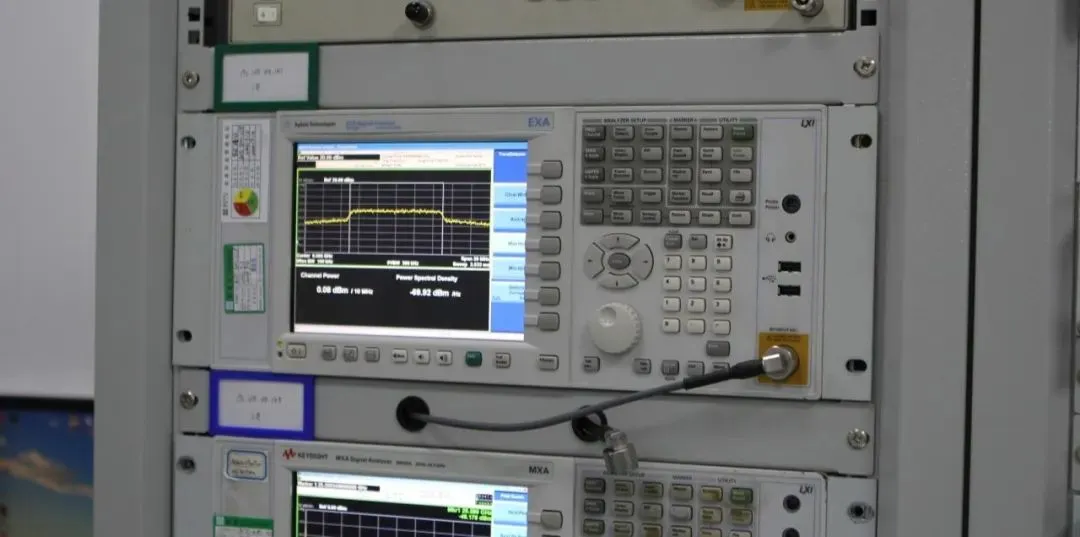
Relevant Directives
1. EMC (2014/30/EU):Ensures electromagnetic compatibility—stable operation without interfering with other devices.
2. LVD (2014/35/EU):Ensures electrical safety under low voltage—protection against electric shock, overheating, etc.
3. RoHS (2011/65/EU):Restricts use of hazardous substances like lead and mercury to REDuce environmental pollution.
Testing Standards
1. EN 60335-1:General safety standard for household appliances (covering structural, electrical, mechanical safety).
2. EN 60335-2-9:Specific standard for kitchen appliances (temperature control accuracy, food-contact part safety).
3. EN 62233:Measures electromagnetic fields to ensure human exposure is within safe limits.
4. EN 55014-1:Limits electromagnetic interference emissions (prevents interference with TVs, mobile phones, etc.).
5. EN 55014-2:Improves immunity to external electromagnetic disturbances.
6. EN IEC 61000-3-2:Limits harmonic current emissions (reduces power grid pollution).
7. en 61000-3-3:Limits voltage fluctuations (especially relevant for high-power models).
Certification Process
1. Application:Submit basic company and product information.
2. Document Preparation:Include technical parameters, circuit diagrams, key component lists, user manuals, etc.
3. Quotation:Certification body evaluates testing scope and provides a cost estimate (smart models may incur higher fees).
4. Payment:Contract signing and payment to initiate the process.
5. Testing:Comprehensive testing covering electrical safety, heating performance, EMC, etc. (main model plus variant comparison).
6. Certification Issuance:Upon report review, the ce certificate is issued, allowing the CE mark to be legally affixed.
Common Issues and Solutions
① Temperature Drift (23% failure rate):Inaccurate temperature control—optimize sensors and algorithms; enhance production-line testing.
② Inadequate Overheat Protection (35% of products):Add redundant protection mechanisms (e.g., thermal cutoffs) to avoid single-point failure.
③ Missing Warnings:Labels such as “hot surface” or “do not cover” must be clearly and durably marked.
④ Weak Component Management:Establish approved supplier lists, require component certifications, and conduct regular inspections.
⑤ Slow Regulatory Updates:Track standard updates quarterly (e.g., 2023 edition includes IoT assessment); design with flexibility for future changes.
CE certification is critical for bringing air fryers into the EU market. Manufacturers must strictly control the entire compliance process. This guide aims to help manufacturers achieve efficient certification and gain a foothold in the European market.
For assistance with CE + ROHS certification, please contact JJR Laboratory (China). We are an ISO/IEC 17025 accredited laboratory.
Email:hello@jjrlab.com
Write your message here and send it to us
 Infant Support Pillow 16 CFR 1243/1242 & ASTM
Infant Support Pillow 16 CFR 1243/1242 & ASTM
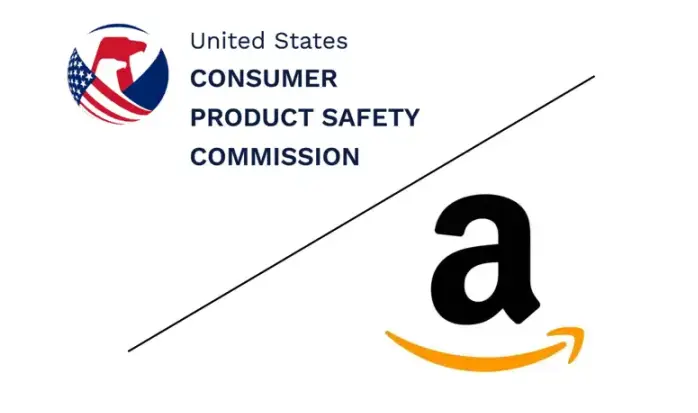 BRM Registration Card Under CFR Part 1130 Regulati
BRM Registration Card Under CFR Part 1130 Regulati
 How to get a D-U-N-S® Number for US FDA Registrati
How to get a D-U-N-S® Number for US FDA Registrati
 Household Massage Devices Compliance in the China
Household Massage Devices Compliance in the China
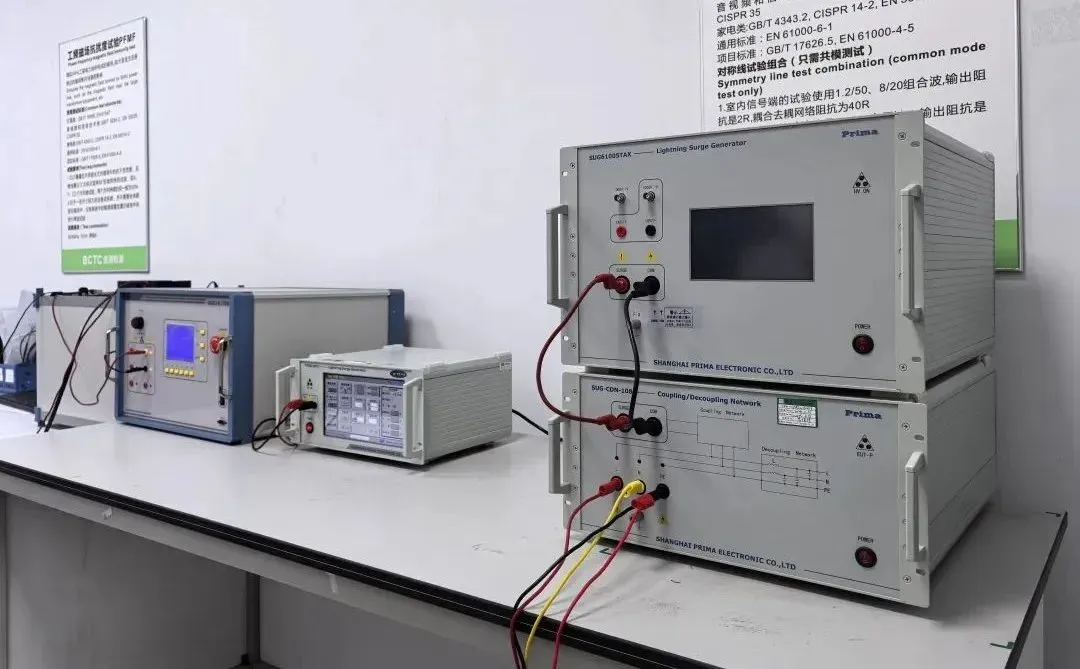 Compliance for the Global In Vitro Diagnostic (IVD
Compliance for the Global In Vitro Diagnostic (IVD
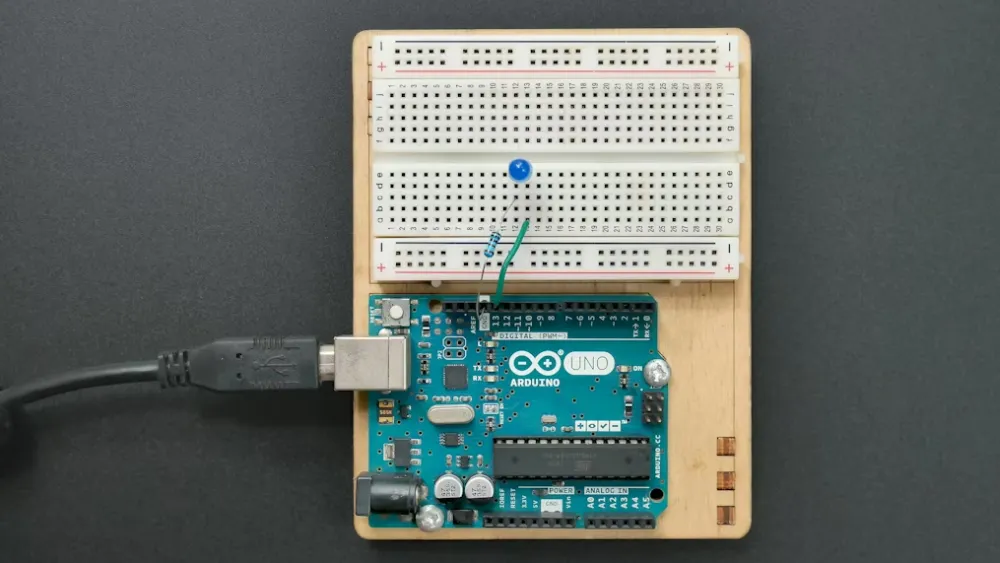 Compliance Guide for Nebulizers in European and Am
Compliance Guide for Nebulizers in European and Am
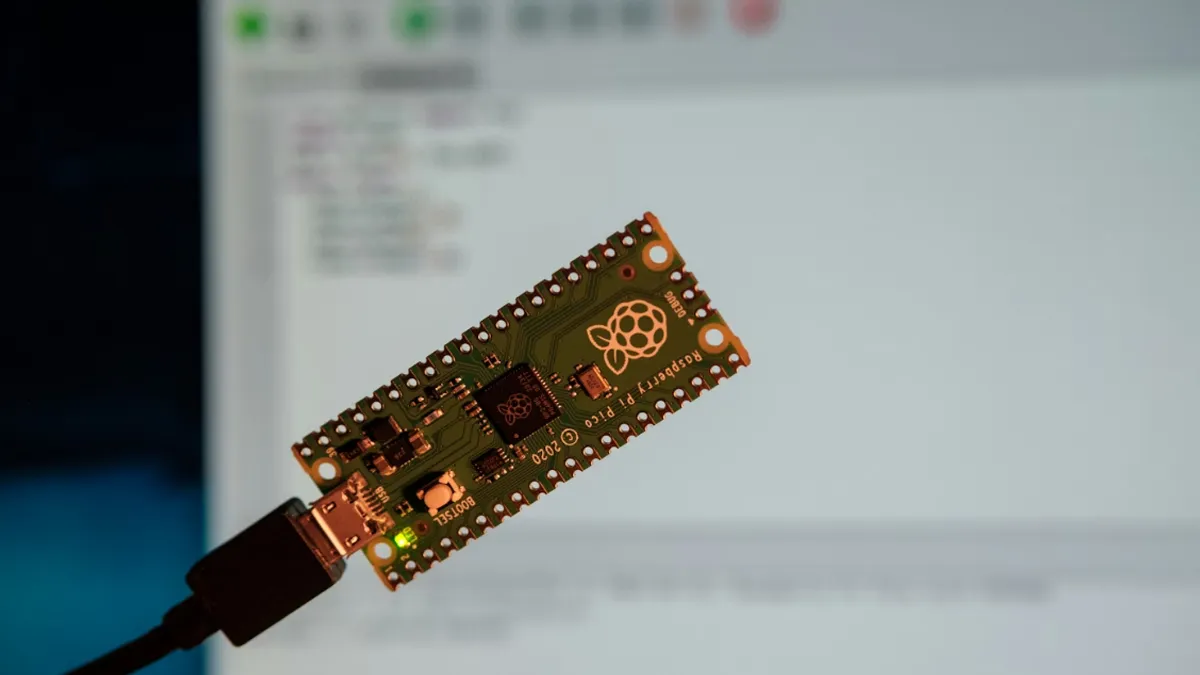 Cybersecurity Certification Service for EU RED Dir
Cybersecurity Certification Service for EU RED Dir
 ANATEL Certification Compliance Guide for Brazil M
ANATEL Certification Compliance Guide for Brazil M
Leave us a message
24-hour online customer service at any time to respond, so that you worry!




